Learn by doing. Learn through experiences. And this goes back to Steve Jobs' thing — which is the way you open up your knowledge of the world is by discovering it and learning about it, not through books, but by being there.
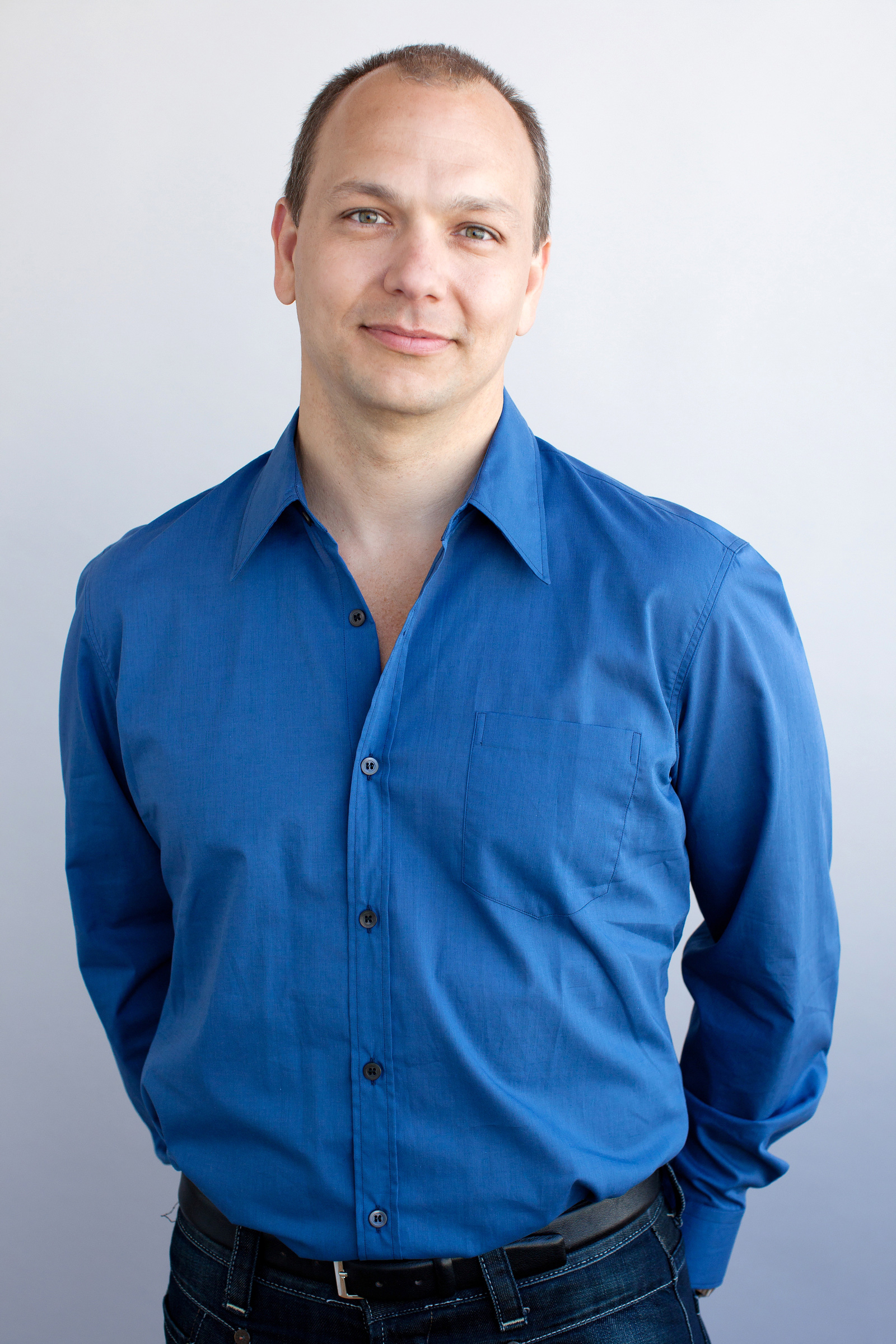
Anthony Michael Fadell was born in Michigan, to a Lebanese-American father and a Polish-American mother. His father was a sales executive with the Levi Strauss company and the family moved frequently when Tony Fadell was growing up. Tony counts 12 schools he attended in a 15-year period. Grosse Pointe, Michigan was the community the Fadell family most often returned to, and Tony Fadell graduated from Grosse Pointe South High School. His maternal grandfather, a teacher and school superintendent, was an inveterate tinkerer and taught Tony to use tools, build things and repair machinery. Tony discovered computers at age 12 and caddied at a local golf club to raise money to buy his first Apple II. In high school, he perused MacWorld and the other computer magazines and dreamed of working with the team responsible for creating Apple’s Macintosh computer. He studied computer engineering at the University of Michigan and as an undergraduate built a small business, Constructive Instruments, producing multimedia composition software for children.
In the years following the departure of company founder Steve Jobs from Apple, a new products division, General Magic, was spun off from the parent company, and several of Apple’s most talented employees left to join the new firm. Eager to “work with my heroes,” Fadell packed his bags for California and scored a job at the startup. Fadell spent three years at General Magic, exploring the potential of handheld devices to make information technology truly portable. Fadell developed a number of new devices for General Magic clients, including the Sony Magic Link and Motorola Envoy. The company was packed with talent and new ideas but never achieved takeoff. Historians of the industry call it “the most influential failure” in Silicon Valley.
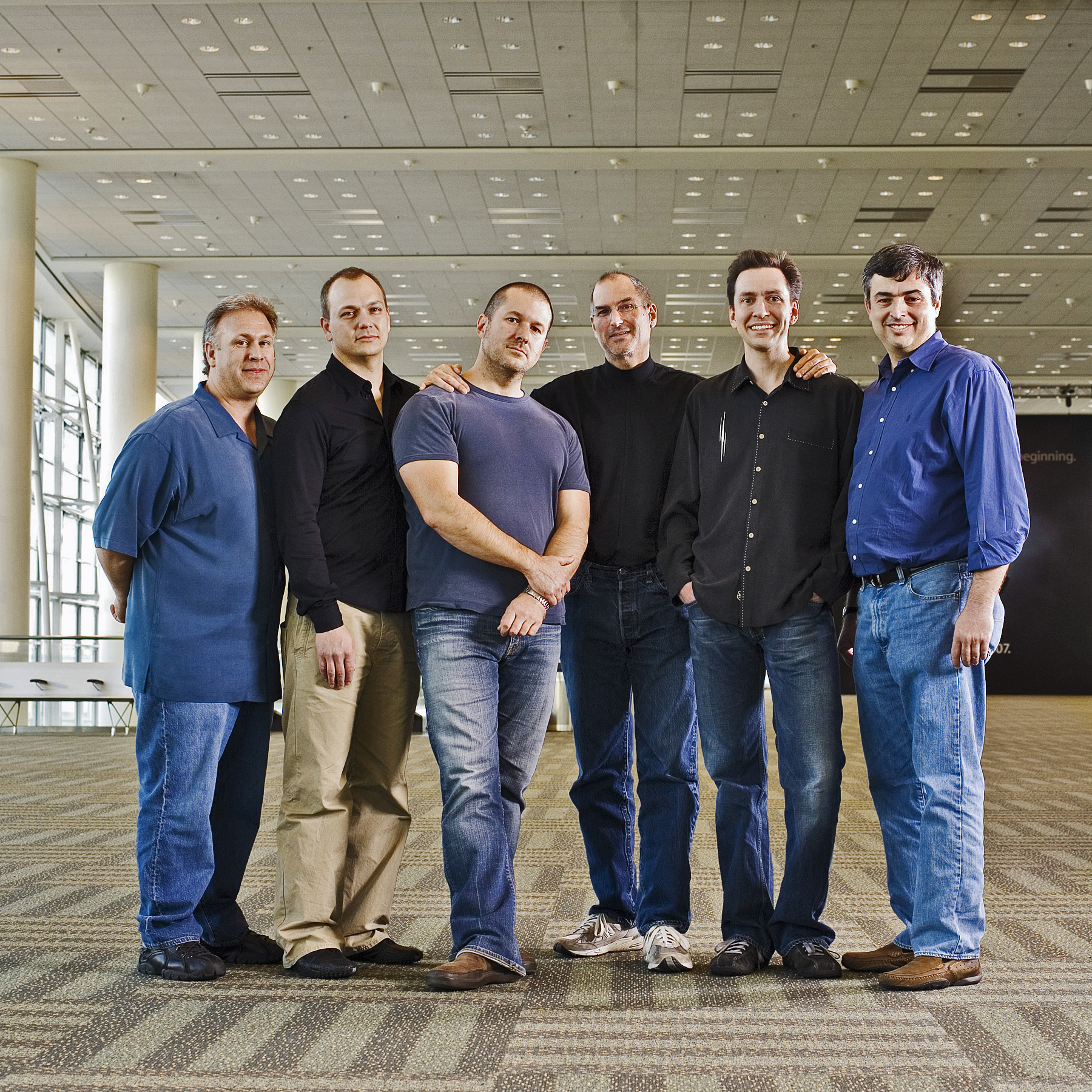
After leaving General Magic, Fadell served as chief technology officer of the Mobile Computing Group at the international consumer electronics giant Philips. He helped develop a pair of portable devices for Philips, the Velo and Nino, but Philips never fully committed to marketing them and Fadell was on the move again. A lifelong music lover, he hoped to develop a portable digital music player. While seeking financing for his own startup, he received an invitation to advise Apple, where founder Steve Jobs was once again at the helm.
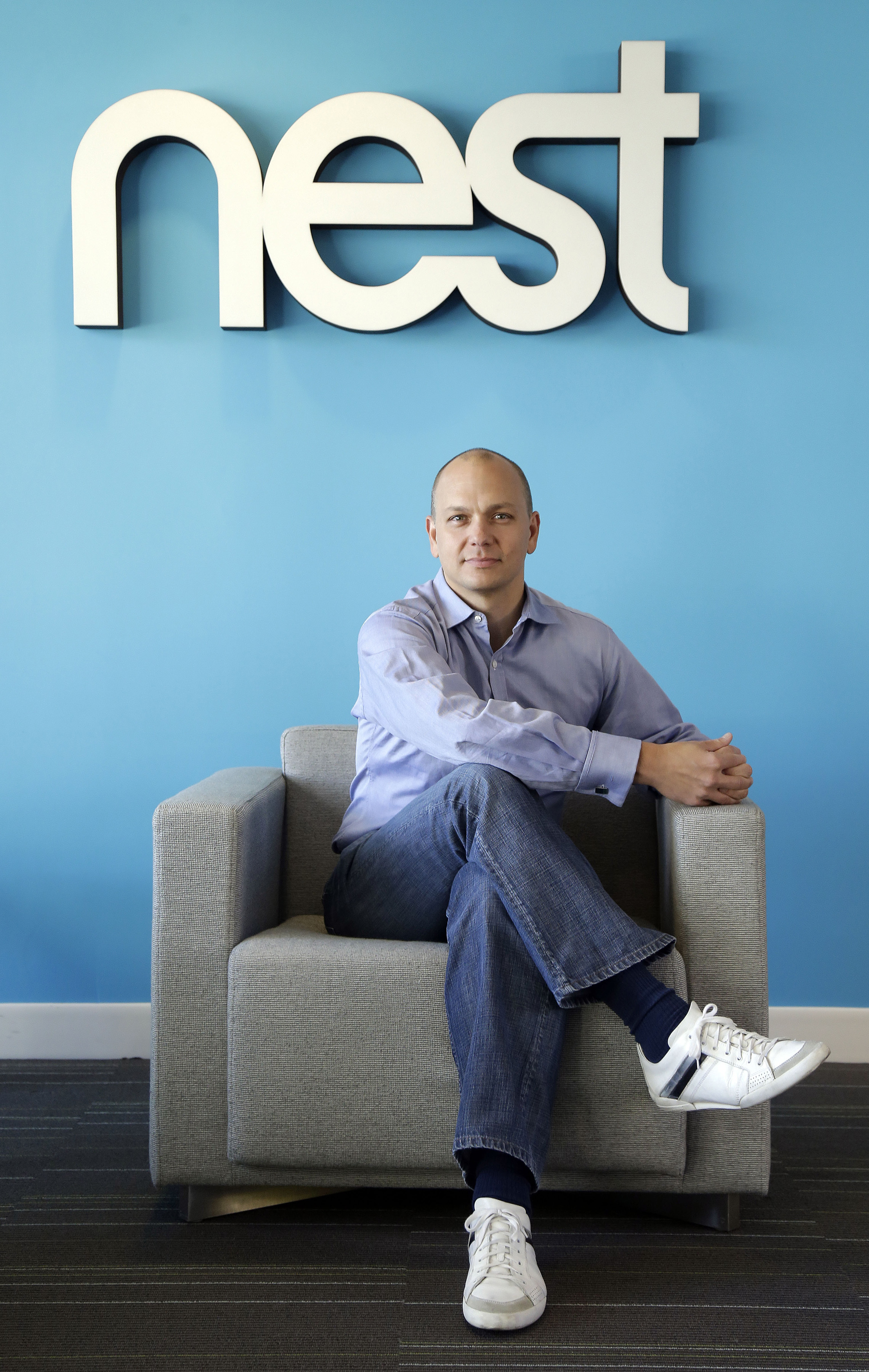
Jobs too was interested in developing a music player, and Fadell went to work for Apple as an outside contractor in 2001. He was wary of going to work for another large company after his experience at Philips, but when he presented Apple with his design, Jobs offered him a full-time job leading a new Special Projects group.

Fadell oversaw the first 18 iterations of the iPod, the device that revived Apple’s flagging fortunes and massively disrupted the cassette-tape and CD-based music industry. Within five years, Fadell rose from outside consultant to senior vice president in charge of Apple’s iPod division.
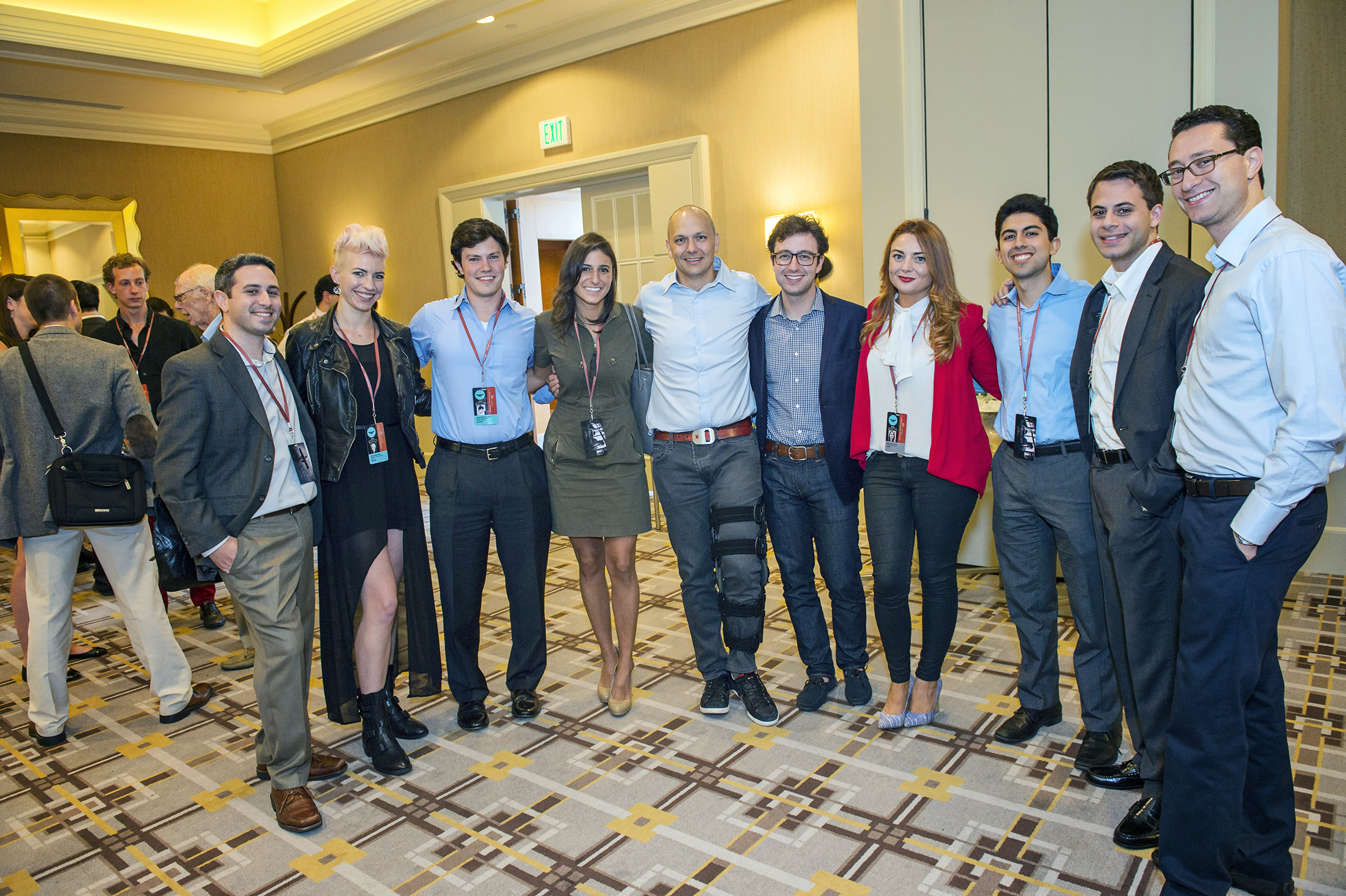
When Steve Jobs decided to move Apple into the mobile phone sector, he placed Fadell in charge of the new project. Efforts to add a phone to the architecture of the iPod failed, but when Fadell and his team reimagined the project as a mobile phone with a built-in iPod, they created another game-changing device, the iPhone. For the second time, Fadell and his team at Apple had overturned the equilibrium of the consumer electronics industry and set Apple on the path to becoming the most highly capitalized company in history.
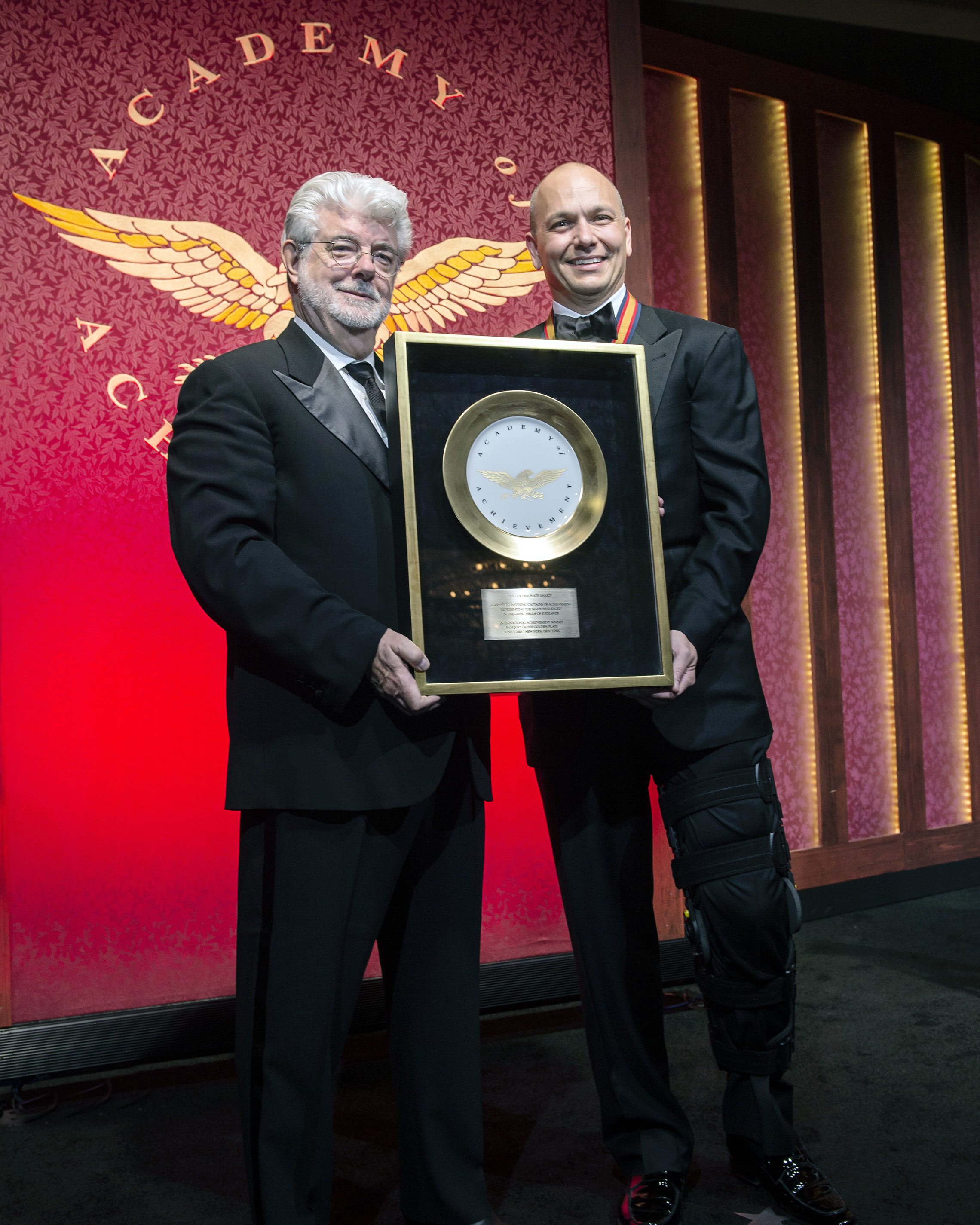
While Fadell was sometimes mentioned as a possible successor to Jobs, their relationship was as turbulent as it was productive. Friction between the pair led to impassioned arguments and repeated threats by Fadell to resign. Meanwhile, Fadell began dating Apple’s vice president for human resources, Danielle Lambert, and the couple married within a year. In time, the demands of a growing family began to conflict with their grueling work schedules, and the pair resigned from Apple in 2008. Fadell took his family for a round-the-world tour, based in Paris, France, while completing an 18-month commitment as an advisor to Jobs.
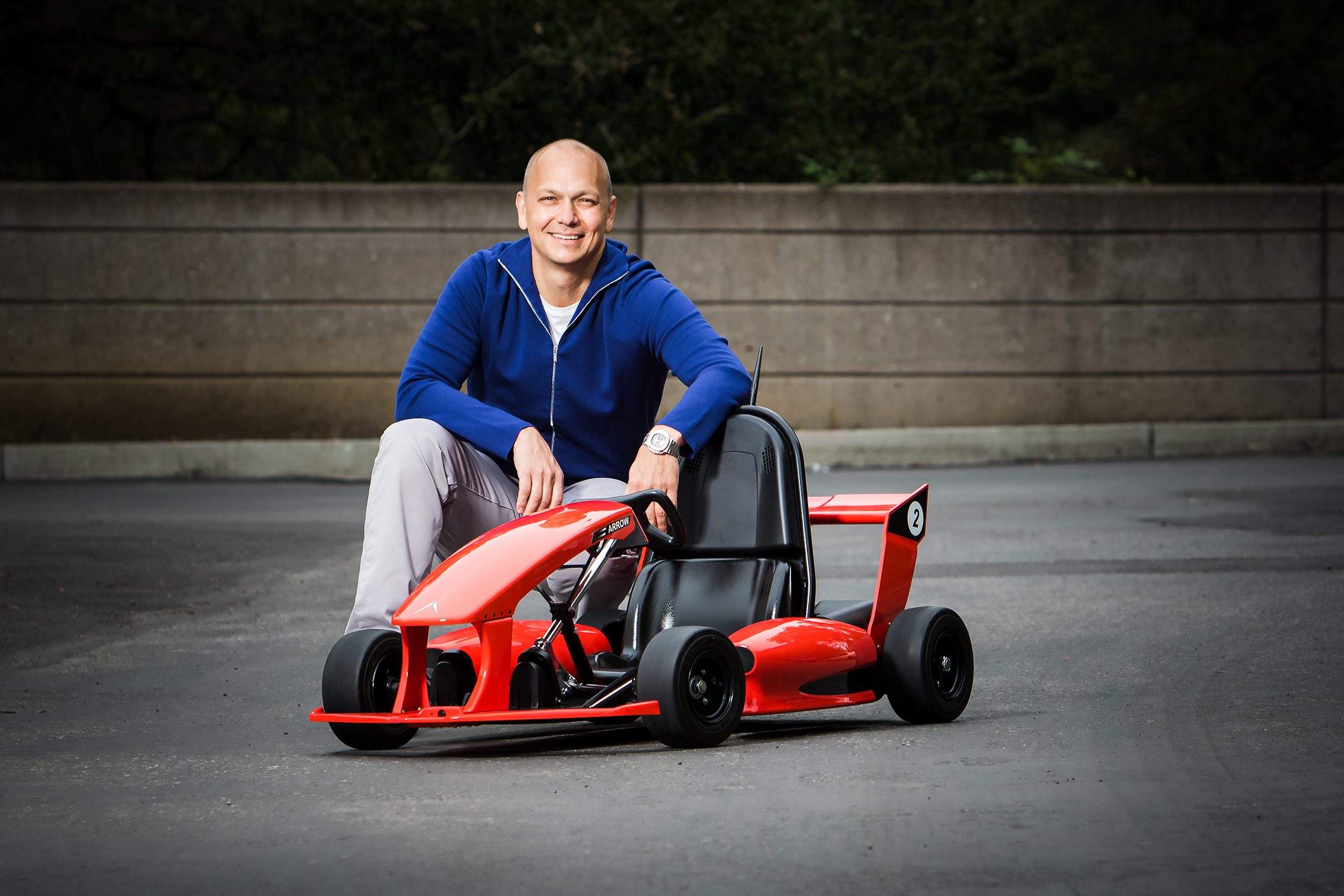
Returning to California, Fadell and Lambert set out to build an environmentally sustainable, energy-efficient dream home in Lake Tahoe. When Fadell became dissatisfied with the existing thermostat designs, he set himself the task of creating an elegant, intelligent device that could conserve energy by learning the users’ habits and adjusting the temperature of the home accordingly. It occurred to Fadell that many of the devices in everyday use in the home were overdue for reinvention. With a former Apple colleague, Matt Rogers, he created a new company, Nest Labs, to bring digital technology into the basic systems of the modern home.
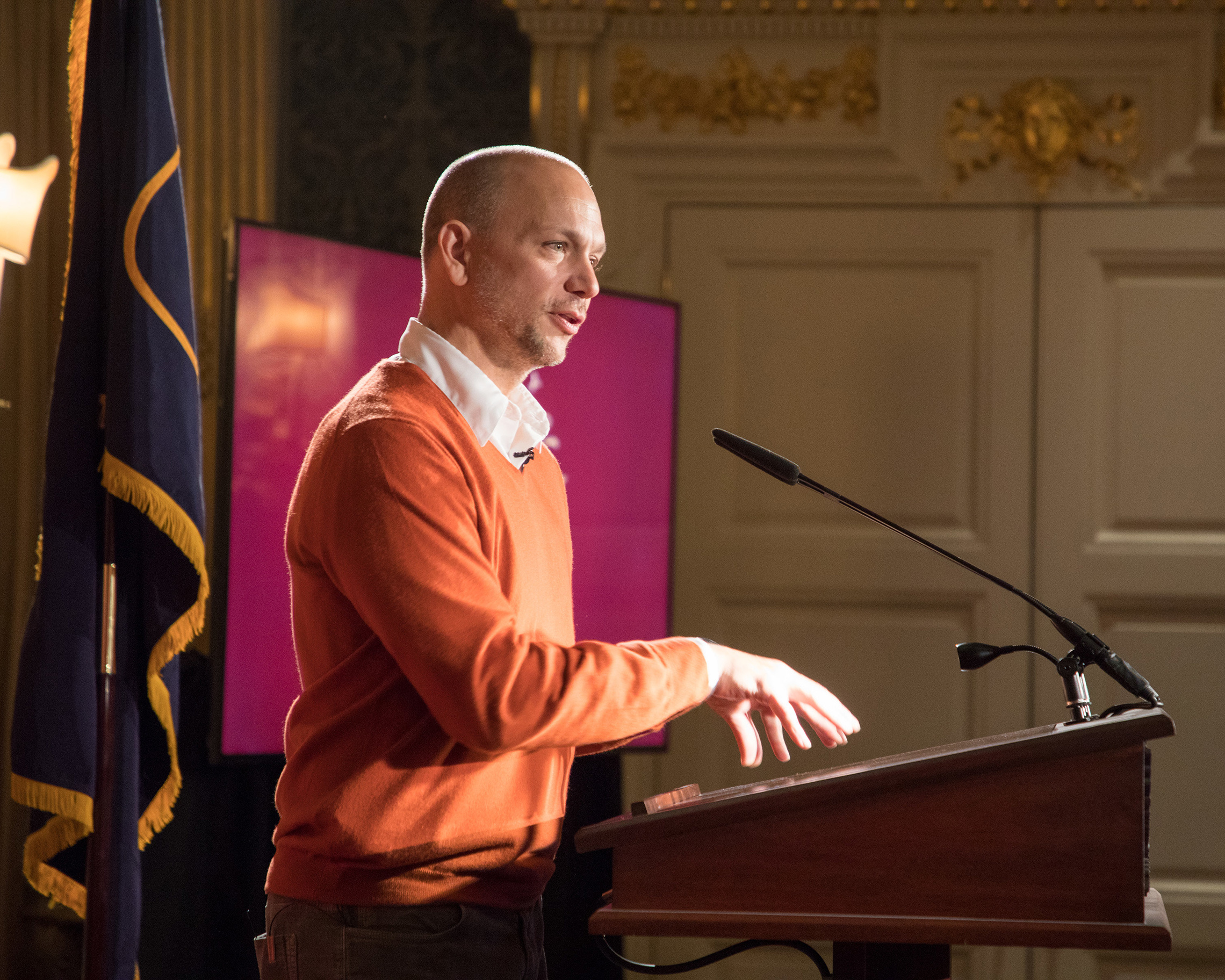
Fadell and Lambert recruited more former Apple personnel to staff the new company, and given Fadell’s achievements at Apple, venture capital was quickly drawn to the startup. The Nest Learning Thermostat reached the market in October 2011 and has been followed by Nest smoke detectors and security systems. Fadell has authored more than 300 patents. In 2012, he received the Alva Award as “the next great serial inventor.” TIME, Fortune, Vanity Fair, Business Insider, Fast Company, CNN and CNBC have all named him to their lists of leading innovators.
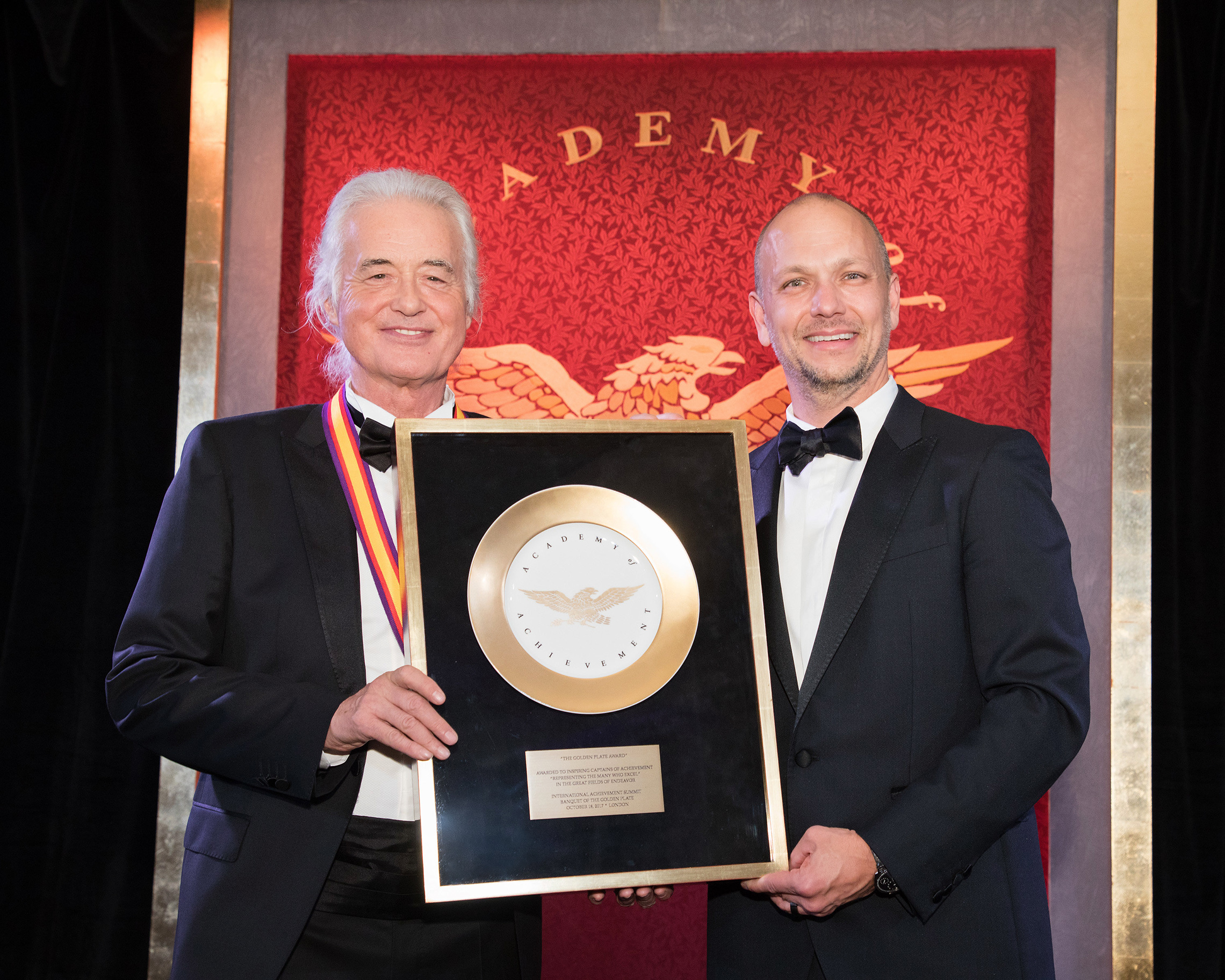
In 2014, Google acquired Nest for $3.2 billion, making principal Nest shareholder Tony Fadell a billionaire overnight. With his newfound wealth, Fadell created an investment firm, Future Shape, to fund creative new businesses. He was an early investor in and adviser to Impossible Foods Inc., the Silicon Valley-based developer of plant-based meat substitutes. Fadell has supplied the company with strategic advice while recruiting investors and personnel.

Meanwhile, he continued to run Nest as a division of Google for the first year after the merger. In 2015, Fadell was put in charge of the stumbling Google Glass project, the company’s controversial effort to create a wearable computer to be worn like eyeglasses. When Google was reorganized at the end of the year, Nest was spun off to operate alongside Google as a subsidiary of a new parent company, Alphabet, Inc. The following spring, Fadell resigned his positions with Nest and Google, and moved his growing family back to Paris.
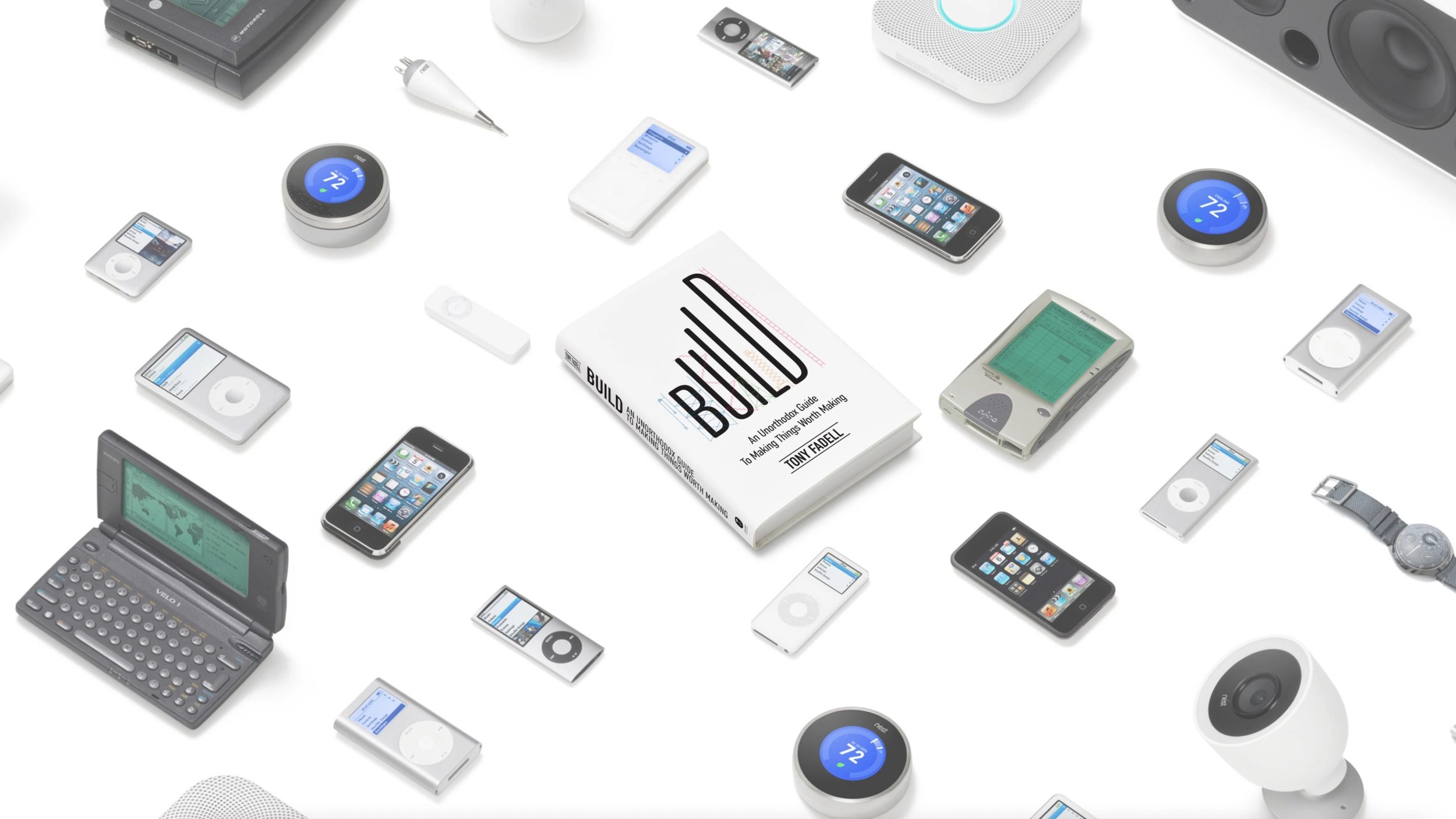
In 2018, Fadell moved his family to Bali, Indonesia, and began a yearlong firsthand study of Asian market opportunities. He observed the expansion of Impossible Foods into Hong Kong and Singapore while exploring financial technology startups that serve populations who live without credit cards or bank accounts. He is also reportedly investigating opportunities in battery manufacture and plastic waste recycling. One area he has avoided is mainland China, whose vast market and innumerable startups he prefers to leave to the experts.
Meanwhile, Fadell has built a European network for Future Shape, which as of 2019 has funded more than 200 startups, including Impossible Foods, whose progress seems unstoppable. Its plant-based proteins can now be found in Burger King’s Impossible Whopper.

When the rest of the world was just waking up to the possibility of cell phones and the Internet, Tony Fadell was already creating the technology behind the smartphone. Author of more than 300 patents, he sold a microprocessor startup to Apple just as he was leaving college. He spent the next decade pioneering mobile technology for the leading electronics companies, but none would fully commit to marketing the devices he created.
When investors passed on Fadell’s idea for a pocket-sized digital music player, Steve Jobs recruited him to design just such a product for Apple. Fadell led the team that created the first 18 generations of the iPod and the first three generations of the iPhone, rising to senior vice president of the iPod division.
Not satisfied with revolutionizing the way we communicate, navigate and listen to music, Fadell founded Nest Labs to bring smart technology to the most common household devices. The Nest Thermostat conserves energy by learning the habits of its users and can be managed remotely by smartphone. Nest Protect is an intelligent smoke and carbon monoxide detector that distinguishes between levels of threat and provides relaxed voice alerts instead of piercing alarms. Future products may address areas such as water conservation and home security. In 2014, Nest was acquired by Google for $3.2 billion.
You had the idea of a personal digital music player well before you came to Apple and built the iPod, didn’t you?
Tony Fadell: Well, I’ve always had a love of music, growing up some time in Detroit and everything, that was like Detroit Rock City, right? So I went to concerts when I was young, and I loved music and I learned to play the piano horribly. I was not a good piano player, banging on the keys, bang, bang, bang, bang. So that wasn’t the thing, but I loved to listen to it and learn a lot about it. So music was always through my life, and in college I would start playing tunes for people. And that turned into kind of — before DJs were DJs like we know ’em today, I would just play stuff for parties and stuff like that. And I continued to do it, and even as I came to Silicon Valley, I’d do more and more of that stuff because I loved it so. And I had to start carrying around all these CD cases, thousands of CDs — because vinyl went out. Vinyl’s back in style now, but vinyl went out — carrying all these CDs, and the gear and everything, and I just didn’t want — I loved music, but I hated all the struggle to do this, to carry it, move it, to find the songs I love, to put ’em on, and I’d always thinking — because we were doing these handhelds — and when we started putting headphone jacks on them for audio books, and I’m like, wait a second. These handhelds, one day if they have enough memory, they could be great for music. Lo and behold! Then mp3 players came, or mp3 files came, and then some mp3 players came. And I wanted to make a really big jukebox, so I was making a kind of a rackmount CD player. You’d have the CD and a hard drive inside, and we were ripping the songs — the mp3 would come out of the CDs — and put ’em on the hard drive. That was the genesis. So I was making small stuff, my love of music, and building this box at that startup I was telling you about. Then it all came together into the iPod.
So you agreed to come on as a consultant, and then wasn’t there some pressure to join the company full-time?
Tony Fadell: “Some” is an interesting way of putting it.
Could you tell us about that?
Tony Fadell: So the first six weeks of my consultancy was — six or eight weeks — it was design. Go and learn everything about these chips. Luckily — about the chips, the marketplace. Put together this whole overview of the business. And so I did that and did the best I could do in six weeks. It’s a lot of work for more or less one person to put this all together and percent it to Steve. So — and I had some help with some other people at Apple. But they were helping to make sure the presentation looked good for Steve. They wanted to make sure this meeting was gonna go well.
I presented a Styrofoam model that I created, and a lot of the building materials, the things that you build the iPod with, the business angles, how many we could sell, those kinds of stuff, how big the team would need to be, schedules. And at the end, Steve picked up this Styrofoam block that was the iPod. He was like, “Let’s do this.” And he goes, “Now we have to hire you.”
And Jon turns to me and goes like this, he goes, “I got this. Don’t worry.” So then what began a three-week intense battle going, “Look, I have a startup, Jon. I can’t leave this startup. I can’t leave this team in a lurch. I need to do what’s right for them.” And he’s like, “No, no, come to Apple. You’re gonna do this.” I go, “Look, I’ve been at Philips. I’ve been at other big companies. Nine out of ten projects that get started get killed at those kinds of company.”
And he goes, “No, no, no. This one’s gonna ship.” I said, “I don’t believe it. I go, “And then once you ship…” — remember, Apple was not the Apple you know today. Apple back then was, at best case — what was it? $250 million? Two hundred fifty million dollars in the bank and $500 million in debt, and they were break-even quarter-to-quarter.
They had less than one percent market share for Macintoshes in the U.S. Not in the world, one percent market share in the — everyone said it’s a dying company. So I’m like, “Wait a second, Jon. This company wants to do this. I’ve seen all these projects die. Are you gonna actually have the funds to actually market it when you’re under attack? Like, why should I join this company?” And so he couldn’t really convince me, and I’m… So I said — and I talked to other people around — and I started going, “Okay, well, this startup thing I have is not going so well. I can bring some of the people with me. Maybe this is a chance I should take.” This is this gut reaction, like everything in your brain logically goes, “Don’t do this. Don’t do this. Don’t do this.” And then my gut’s going, “Maybe there’s something here.” So I said to Jon, I go, “Look, I’ve talked to a bunch of people. I’m starting to understand how you guys work here. I need to talk to Steve.” So he arranged for me to chat with Steve.
And I was like, “Steve…” I was like, “What about Sony? They’re number one. They own every audio category.” And he was like, “We’re gonna beat ’em. Watch.” And I go, “Wait a second. Sony? Do you understand this?” He’s like, “I’m telling you, we’re gonna beat ’em.” And he had such confidence. I said “Yeah, I think we can build the product, but will you sell and market it?” And he said to me, “If you build this, and it’s a quality product, I will put every dollar of Apple marketing behind this to watch this thing go. And I’m patient, and I will make this happen. You just get this done.”
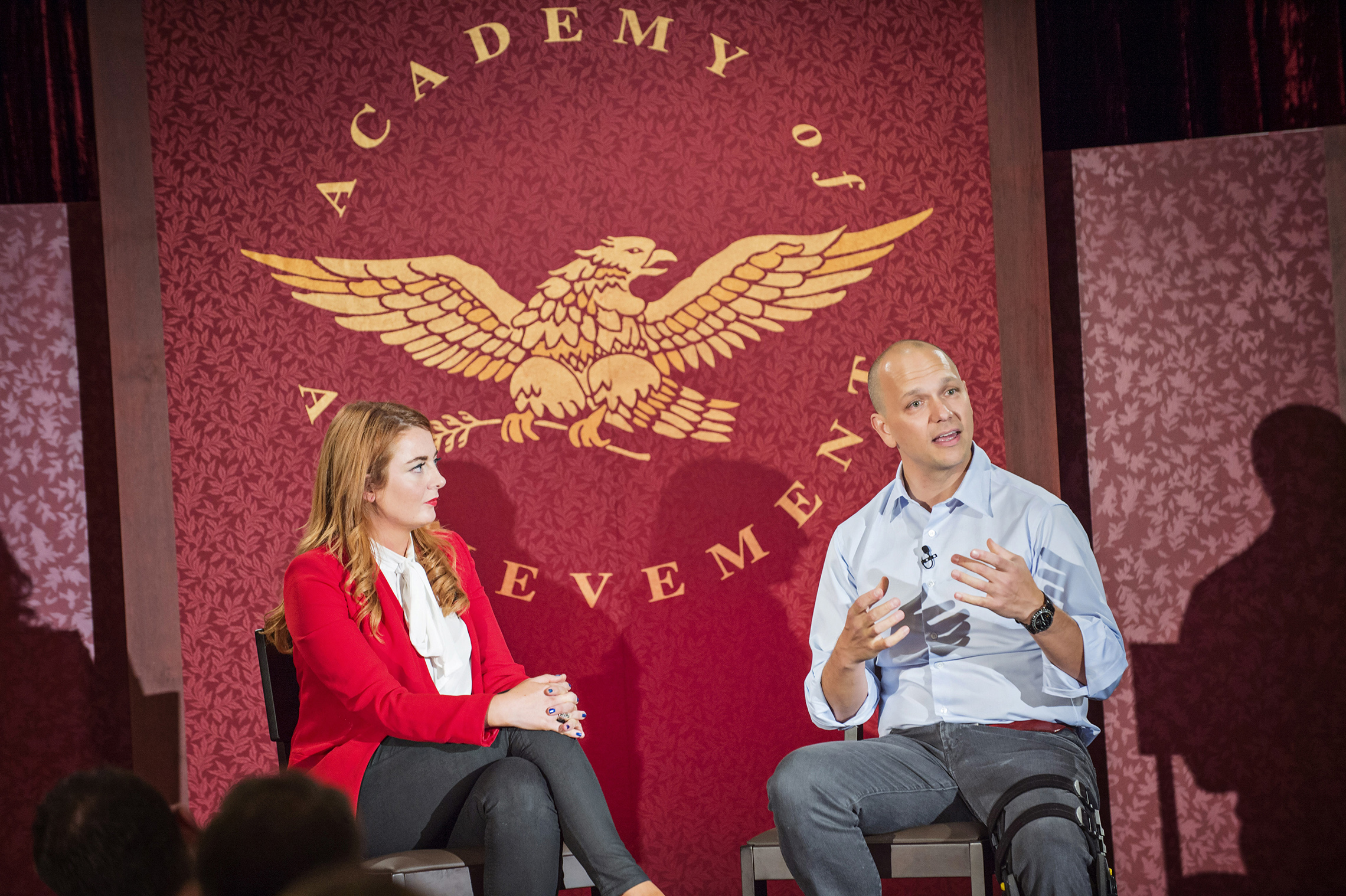
Tony Fadell: I had heard lots of stories from my General Magic friends who worked for Steve, right? I’m like, “Can I trust him?” My gut’s going, “Okay, this is starting to feel better, but I’m not ready yet.” So while I’m talking to Steve, Jon had set up a big meeting for me to reveal, because he wanted me to just say yes, and I was supposed to reveal this secret project to a big set of Apple execs and people who should be in the know about the program, because it’s so secret at Apple.
So he sets up this big meeting. I’m still talking to Steve. Now I’m 20 minutes late to this meeting. There’s 20 – 25 people in it. So Steve and I hang up. I walk in this room late. Everybody’s just sitting there. Except for two people, they’d never met me. They were like, “Who is this guy? Why are we waiting for him? What is he gonna tell us about?” I walk in the door, scowls on their faces, and Jon looks at me and goes, “So are you gonna take the job?” in front of all of these people.
And I turn, and I look, and I was just confused. And he goes, “So are you taking the job? Right here, right now. This meeting will be canceled if you don’t take it.” And I was like, “What?” And I turned to the whole audience, who I didn’t know, and I said, “Does this happen in every Apple interview? Is this how you do closing?” So it broke the ice, and everybody was like chuckling under their breath because they were also shocked and stunned, because they didn’t know what was going on.
In my brain, you’re going really fast, and here’s the gut, right, and the rational are like fighting right now. Both sides of my shoulders are screaming in my ears. And I’m looking at Jon, and I’m looking him in the eye, and I’m like, there’s only two ways this is gonna go down. Either I’m gonna go, “No. Screw you. I’m gonna get what I want,” or “Yes,” and trust that was gonna happen. And I’m like, the first thing I don’t want to do is make my potential new boss look dumb in front of all these people.
And I was like, if it’s not working, I can always leave. And I was like, okay. So I looked him straight in the eye, and I said yes. Then what happens? I go and sit down in my seat. I was in such shock, I couldn’t even put a word together for 15 minutes. I just sat there in the room like this and Stan Ang — who was the guy who was helping me create the presentation and everything with Steve — Stan took over and started talking to people about the design and everything else. But I was just shocked. I didn’t know what I did, and for the next two days, I was an utter mess trying to figure out, “Did I do the right thing?” or whatever. So hopefully not a lot of other people have that kind of a job interview and close, but that was mine at Apple. Very unique. It’s a unique place.
It does illustrate that sometimes you have to close one door to open another. You had to turn your back on one project that was in your heart, and trust that this was really going to come through.
Tony Fadell: That’s right. In the end, you don’t know. You can’t rerun the experiment. We can’t go back and say, “Was that startup company going to be a success if I’d stayed?” We do know what happened with it. I think that was probably the best outcome, which was the iPod came to the world. When you’re in those moments, when you’re at that fork in the road, logic doesn’t always apply.
Did you foresee how successful the iPod would be, how universally accepted it would be, and how it would revolutionize the music industry?
Tony Fadell: No. We had no clue.
Tony Fadell: You have to remember, especially me, I had such failure for the first ten years in Silicon Valley. General Magic — over a billion dollars invested in 1990 dollars! Could you imagine what that is today? The best team in the world. We were told we were gonna topple Microsoft and all these companies. All the press was like — and it was an utter disaster from a business perspective. Amazing connections and people and all that stuff, but an utter disaster.
And I had poured my life into it, right? Every single bit of blood, sweat, and tears went into the company, and I was mortified when it was a disaster. That’s when we went to Philips. I poured myself into that again. Another disaster. A great product, but another disaster. So you get tempered, and instead of think and believe it’s going to be a success, you hope it’s going to be a success.
But you also know, on the other side, failure is always an option, and it’s more likely that it’s gonna fail than succeed. So when you go into these new projects — and this was one of the things that I realized watching those first ten years — is at Apple, we were this little tiny project — it was just ten people or so when we got started — that we had to earn our right to be there. Right? Because the company was failing. We had to earn our right, so we had to work incredibly hard to earn our place in the sun.
If we didn’t get that product out fast enough, it could crater and get canceled. So we had to do everything to fight for our lives. So as far as I was concerned, I was just worried about getting the product out, not worrying about basking in the glow of success, because I didn’t know if it was gonna be a success, given all of the problems that Apple had. All I know is we’re gonna make this thing. Steve said he’s gonna market it. Hopefully something’s gonna happen this time.
We can’t talk about the iPod without mentioning its elegant, simple design. It is as much a work of design as it is of engineering. That obviously was part of the culture there.
Tony Fadell: Absolutely. Design, not just of the product itself, but design of the marketing, design ultimately of the retail stores. All of the different customer touch points, I was able to watch that and learn. At General Magic we learned how to do products. At Apple, you learned how to really build experiences, design experiences.
Even the opening, the ceremony of opening a box and taking the products out and learning and using them for the first time. It’s kind of like — I don’t want to sound… because it’s nowhere near like this because I’ve had kids — but it’s that first time when you see your baby for the first time. You have it in your hands, and you’re like, “Oh my God, it’s so precious. It’s so wonderful.” Well these products are nothing like a child, but we try to go for those kinds of emotions for people, so it feels really precious to them. Because they just spent their hard-earned money on these things. What is it gonna give to them? What kind of pleasure is it gonna give to them, and convenience and those kinds of things? So we strive for that, that experience.
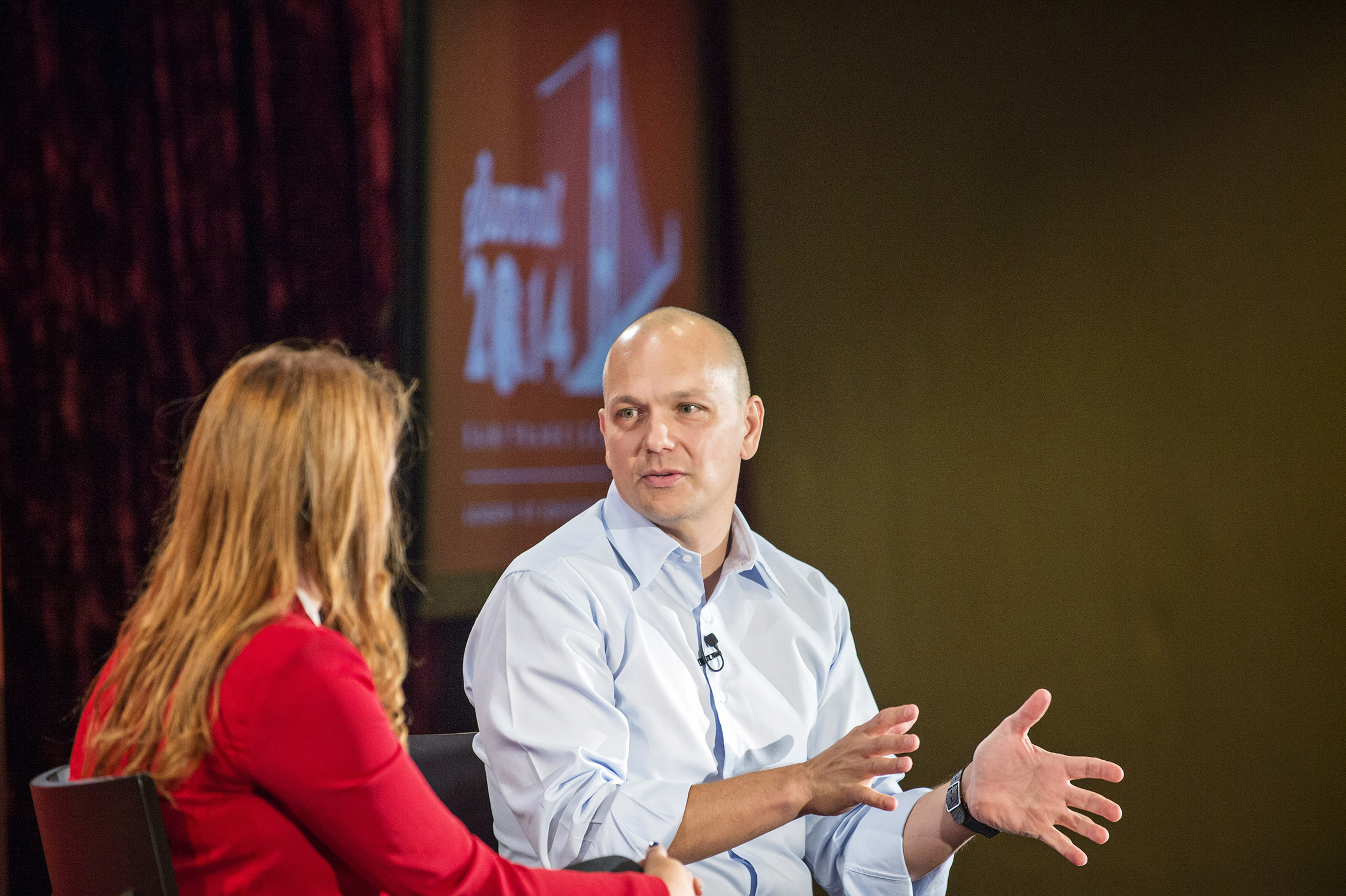
The look of it — white — was this part of the process that you built into it? Was it a hard sell?
Tony Fadell: What had happened was I designed all the basic mechanical and electrical, and worked with Jeff Robbin, and we put together the interface on it. Then the look — should it have a metal back and the white face? That was on Jony Ive’s team. So Jony and his team basically figured out what it should look like on the outside in terms of the colors and everything. Apple was tending to this new direction of white behind plastic, these kinds of things, metals.
So we were at the beginning— the genesis — of that whole design language Apple had from going all plastic. So he was responsible for those kinds of things, and then we worked, because we did that one so quickly, it came out as fast as it possibly could, whereas the next ones were much more thoughtful design. We were joined at the hip, figuring out how to make the smallest, most beautiful thing that worked as well as it could for the customer. So the first one was very different than our design for the subsequent ones.
We’ve read that Steve Jobs himself was not crazy about the idea for the ad campaign when he first saw it, the silhouette and somebody grooving to the music of their iPod. It’s such an iconic image now.
Tony Fadell: It’s very iconic, yeah. We were struggling as a company, and we always put the product — there were times when there were brand marketing campaigns, and then there were product marketing campaigns. And we had gone through the brand marketing when Apple was trying to get out of its rut. So Steve didn’t really always like to do too many brand campaigns. He wanted to focus on the product, because that’s what would really convert people, to sell.
But the difference was this is a lifestyle product, and it was an experiential product, and if you could bring that emotion and passion — because it was so easy to communicate through music, and those visuals and things of that nature — that that was the whole thing of moving from product to experience ads without really showing the product, or talking about it. So it is a big leap, but it was a great leap that he and Chiat Day and the whole team there were able to create. It was an amazing campaign.
So this idea of 1,000 tunes in your pocket…
Tony Fadell: One thousand songs in your pocket. It’s one of the best marketing lines ever. I strive every day, when we try to market our new products, to get a tagline that good. Because it says everything in just a few words.
What were the first tunes that you played on your own iPod?
Tony Fadell: Coming from Detroit, I’m very much into the hard rock stuff — Aerosmith and Led Zeppelin and Pink Floyd. That was the kind of thing that was always my go-to when I want to just hear something that gets me going. Those were the very first tunes I listened to. I listen to all kinds of stuff, but sometimes those are just those comfort classics that just get you going.
We can see where some of your energy comes from.
Tony Fadell: Absolutely. Music is a big part of my life.
But in a way, the next revolutionary product at Apple ate the first product, didn’t it?
Tony Fadell: Yeah. It totally cannibalized it — the iPhone. As Steve said, “Either we eat our young, or someone else does. So which is it gonna be?” And very bold to be able to — you know, we saw the threat of cell phones and feature phones — camera phones — starting to play music. We knew everybody was carrying those, and they weren’t gonna carry two devices.
So we went through kind of a two-and-a-half, three-year design process of trying to put a phone inside of an iPod. That didn’t work. And then we said, “Okay, we can’t make an iPod phone. Can we make a phone with an iPod inside of it?” And then it became a little laptop with a phone inside of it. And that’s how it kind of went along, and the iPhone showed up in January of 2007. And you know, everybody was pooh-poohing it and everything. The competition was, but it obviously revolutionized the world yet again.
The track wheel was such a big part of the iPod. Wasn’t there an attempt to make that work for email and stuff?
Tony Fadell: We first tried to make an iPod phone which was — it was a great music player, and if you wanted to just make — so you could select a name from a list, you know — it would be easy, just like you select a song. Okay, I can select somebody and call them. But then it came down to dialing, and it was such a horrible experience. It was like an old rotary phone. I grew up for a few years on rotary phones, and you hated ’em, right? So that was the thing that put the bullet in the head of that product, was we just couldn’t make the rotary phone and text entry work.
So then we had to go and look for another technology. Obviously, you couldn’t do keyboards. And we had this new touch screen technology, multi-touch. It was the size of a ping pong table. And Steve pulls me into this secret room and goes, “This is touch. This is multi-touch. Play with it.” And I was like, “Oh, this is cool.” And it was a big Mac. It was a projected Mac on this ping pong table, and I’m moving things around. He goes, “See that? I want you to put that on the phone.” I was like, “It’s that big!”
So after a few weeks of learning about what it was and everything, I was like, “Yes, we can put a multi-touch on a phone. The issue, though, is we’re gonna have to start a touch screen company to do so because no one in the world had ever built any of this technology.” And we did have to do that. So not just making all of the apps and the phone itself, and all the other pieces of the puzzle, we also had to make another company just to supply the touch screen components necessary to build it. So we were doing all of this stuff at the same time it. It was an insane, awesome project to work on.
There have been several books published in the last year or so about Steve Jobs and a film too. They all portray him as a pretty difficult personality.
Tony Fadell: The first thing to realize is, don’t believe everything you see in movies and read in books. There is no way both my wife, who worked for Steve directly — I worked for Steve — could do that for ten years if there wasn’t some amazing stuff that came out of it. It wasn’t like we were getting whipped every day. It had nothing to do with that. We were dedicated. We were passionate. He was passionate. He wanted the best for the company, for the products, for our customers. And when you’re in that, there’s a creative tension, and he emotionally would show that passion sometimes.
Sometimes it was, “Oh my God, this is the best thing ever!” You hear about the negatives, but you don’t hear about all the positives and all the great things he did for you — did for the individual as well as the company — and all that stuff. So it was always a balance. And those bad days were not very often, but they did happen because, typically, yeah, you might have made a mistake. Don’t do that again. Or we weren’t thinking about it right, or somebody was falling down on the job or whatever the case may be. That’s when it came out, is when someone didn’t show respect for the mission they were on. When you didn’t show respect for the rest of your teammates and for the thing we’re trying to build, that’s when there was a problem, not when we failed.
When we tried really hard — and if we showed we tried really hard, then that was just an option, just like the “iPod phone” was a failure. No one got killed over that. It was more just, “Okay, we tried our best. We move on.” It’s when you didn’t do what was right and you failed because you didn’t put your heart and soul into it, and you let the team down. That’s when there was a problem, and that’s what people need to realize. It was very balanced, and it was very much human, passionate, and he was very helpful and all kinds of stuff. But yes, he did have his bad days. But not usually without reason.
You have to have kind of a strong core to deal with somebody who is so mercurial.
Tony Fadell: It built up over time. Those calluses build up. There were certain things that would rub the wrong way, and you just — okay. But yeah, you had to be steadfast and strong and hold your ground, and sometimes it took a team of people to hold their ground to win over Steve with an argument. But you know, you got tempered, and you learned how to do it over time. But it wasn’t that often. It wasn’t that often.
What did your wife do for Apple?
Tony Fadell: My wife, Danielle Lambert, she was head of human resources, first executive recruiting, then all of human resources. So she had to take care of this massively growing team that went from 3,000 people to 60,000 — 80,000 people when we left. So a massive growth, massive culture shifts, and she watched it all.
There was a concept Steve Jobs talked about, “reality distortion.” Can you tell us about that?
Tony Fadell: My wife always says, “If you want to achieve something, you have to believe it. You need to believe it to achieve it.” And Steve would believe something so passionately that — how could I say — it was educated. It was educated belief. It wasn’t just this “throw caution to the wind” belief. But he had educated belief that we could do something. And that ability to get people convinced that this was the right way to go, that it was — yeah, scary, and it’s so unconventional — but this is the right thing. That’s what made these discoveries happen, these inventions happen, because we all worked together. He didn’t come up with all the ideas. But he pushed us all to come together with the best ideas possible and sort and sift and put them together to make the best product. And you do have to distort reality if you want to change the reality we’re living in. And people are so locked into the everyday that they forget there could be a whole ’nother thing that they’re not seeing over here, and his job was to push us to see these other things. He saw them before we did, and he would push us to those unknown areas and go, “Yes, it’s scary. Yes, it’s risky. But we’re going to go after it. We’re going to make it happen.” And that is as much of a skill and as important to Steve as any of his other traits, maybe the most important.
It seems to go along with what you’ve described as an all-too-human tendency to habituate, to not even see something because you’re so used to it.
Tony Fadell: Right. Exactly. This is part of staying beginners, you know. I watched our kids grow, and when they were really young they would look on the floor and they would see every little speck of dirt on the floor. They’d pick it up and they’d look at it. They’d look at every single thing, and they’re trying to learn about everything. But as they grew older, they started ignoring all that, and especially now, they’re like, “What? My room’s clean.” Like, hardly clean, but when they were young, they saw those little bits and pieces. Now they don’t see them anymore.
And that’s what it means to say, “stay beginners,” is to remember to look at all of those little details. Don’t habituate. Go back. Peel back all of your preconceived ideas and notions and calluses that have built up over time that may cloud your vision. Go back to the essence. Feel the essence. Feel that frustration. Feel that elation. And now, apply that to your work. But you have to look deep to do that. Don’t just let habituation and the way you’ve done everything the same way all the time continue in life. You need to look other places to find that disruptive invention that could change the world.
Can you talk about your decision to leave Apple?
Tony Fadell: To leave Apple, obviously, was really hard. I had tons of friends, growing up there. I’d met my wife there, right? We got married there, first kids there. Got to change the world twice. But at the end of the day, when we would come home, my wife and I, and we were utterly exhausted from work, and we had a one-and-a-half-year-old and a six-month-old, and we came home when they’re crying and they’re distraught because they hadn’t seen us, or what have you, or they hurt themselves, and they ran to the nanny who was taking care of them instead of my wife… That moment, then, you see that, and my wife is upset, like, “Those are my children. I don’t have time to spend with them. They don’t know who their mother is. And also their father.” We’re like, “There’s something not right here. We had a great run. Let’s cap it off. Let’s take our time with our family. We can never buy that time back, ever again. And yes, we love Apple. We love all those things. But it’s time to move on, to look at other goals in life.” And that was the whole genesis of what leaving Apple was all about. And yeah, it was tough and everything else. But at the same time, we gained a whole new part in life, which is our relationship with our children.
Thank God you didn’t wait until they were 12 and 14.
Tony Fadell: Yeah. You wouldn’t even remember them. You wouldn’t even know who they were and all their quirks and wonderfulness.
So it sounds like working on your own nest, in a way, inspired Nest Labs.
Tony Fadell: During the iPhone development period, my wife and I said we were going to have a family, and we said, “Let’s design a home for them.” And at that time, being green was a big part of society, and it’s hopefully even more so today and for decades and centuries from now.
So I wanted to make a really green home for our family. I also wanted to make it connected, because this iPhone that we were developing, I was like, “Wait a second. This thing is going to become the primary interface to your world, whether you’re in your home using it or you’re outside your home. It’s going to be the primary way you’re going to interact with the physical world. How is a home going to change when it’s green and connected?”
And that was the part of the design that led us to seeing all the problems. Given my grandfather teaching me all about the different systems of plumbing and these things, I dove deep into every system design — heating, cooling, plumbing, energy, water, all of the stuff — and started finding all of these problems, and coming from this — “Oh, I know how to build electronics and everything else” — I was like, “Oh, they must be building products the way we build them, but in these industries.” They were building them like they were built in the ’80s. They had no idea how to build next-generation consumer appliances, products for the home.
I was like, “So… green!” Fifty percent of energy is controlled by your thermostat. Energy prices are rising and are going to continue to rise. We have a green issue. We don’t want to waste energy and create more carbon dioxide. You want to stay comfortable, too. You want to be able — it should turn down when you go away. Why should I have to turn it down and turn it up every time I enter and leave the house to do the right thing? And that’s where Nest was born out of, those frustrations with not getting the right things to make a green and connected home.
That’s a very important idea, that looking at the big picture.
Tony Fadell: Exactly. I think about that a lot, because I remember some specific instances where Steve, because of that ability, was able to break through some amazingly hard problems that we had many people working on. You need to be able to look closely, and sometimes there’s something there that you can remove or make better or clearer. Or you look back, and you go, “Wait a second, we have too many steps. Let’s remove some and make it easier to use, or more clear.” So he had this uncanny ability. He wasn’t always mired in so many of the details, so he could really step back and not worry about the intricacies of implementation and how hard it might be. He would just look at the logical way it should be done, and what was the best thing for the customer and then push you on it, whether it was in this detail or that. There’s one perfect example. I can’t get into exactly what we were talking about, but I can tell you how we were talking about it.
For about three months, we were trying to break this really hard problem. And we had teams of people working on it from every single angle. And after three months, we finally presented him our options. We had five different options. None of them were great. And we’re like, “Steve, here are our options that we’ve been able to come up with.” And there was a room of 20 people. And then we’d talk through each one. And we’re like, “But none of them feel quite right.” And Steve, never being a part of this for three months — he took a step back, and he goes, “Did you ever think about it this way?” Because he took a step back and changed something way up here. He changed something way up in the system. And all of a sudden, everything got solved. And we were like — we all looked around the table at each other and go, “Oh my… he just solved the problem we’ve all been working on for three months.” And we were like… you just kind of go, “Umm.” That kind of thing. So that was his talent, and allowed us — and has really instilled in me — to do the same thing, hopefully to the same level he could. But it was really inspiring to watch.

